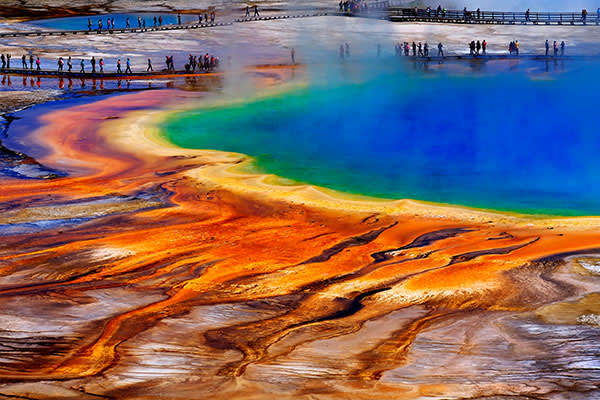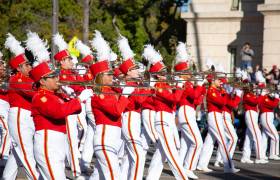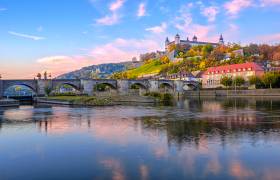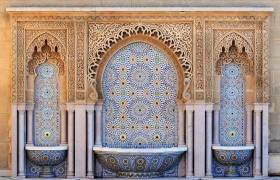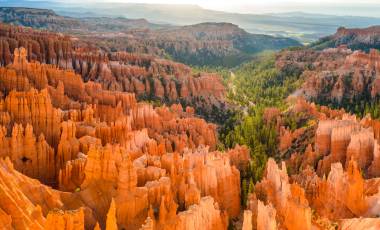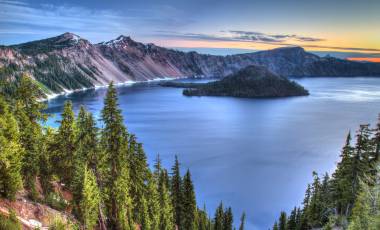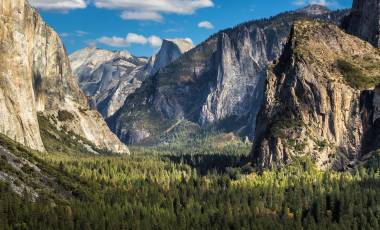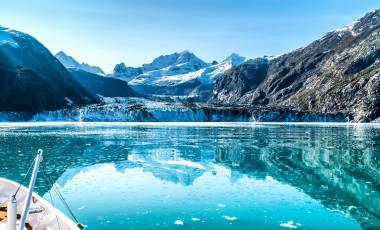
Rocky Mountains & Black Hills National Parks Tour
Per person, double occupancy, excludes roundtrip airfare
Be captivated by America’s most beautiful western landscapes as you discover historic sites, visit uniquely charming towns, and take in endless vistas on a Rocky Mountains tour.







